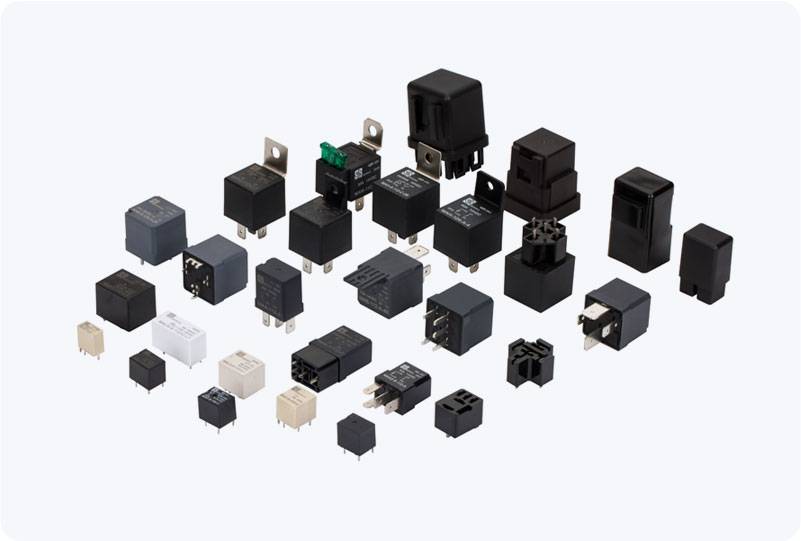In the world of electrical engineering, power relays play an essential role in controlling high-voltage and high-current circuits. However, one of the critical challenges engineers face is the welding of relay contacts, which can compromise the performance and longevity of the relay system. This phenomenon, commonly referred to as “contact welding,” occurs when the electrical contacts of a relay fuse together due to excessive current, heat, or electrical arcing. The issue can result in system failure, reduced reliability, and even safety hazards. Therefore, finding effective solutions to prevent power relay contact welding is of paramount importance.

Understanding Power Relay Contact Welding Relay contacts are designed to make or break a connection between electrical circuits. In high-current applications, when the relay opens or closes the circuit, significant heat is generated at the contact points. This heat, if not controlled, can cause the contacts to melt and fuse together, a phenomenon known as welding. The primary causes of contact welding include high inrush currents, electrical arcing, and excessive switching frequency. Welding compromises the relay’s ability to switch properly, leading to system malfunction and potentially severe consequences.